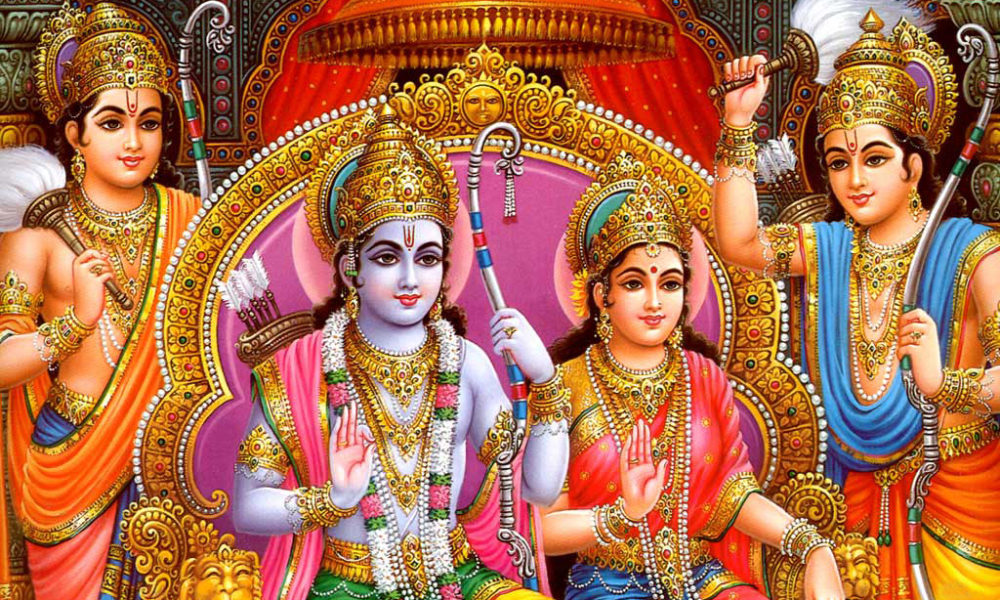The Darshanas: an introduction to Hindu philosophy

The Darshanas are schools of philosophy based on the Vedas. They are part of the six Hindu scriptures, the other five being shrutis, Smritis, Itihasa, Purana and Agamas. While the first four are intuitive and the fifth inspirational and emotional, the Darshanas are the intellectual sections of Hindu writings. Darshana's literature is philosophical in nature and designed for scholars with scholarly understanding and understanding. While the Itihasas, Puranas and Agamas are meant for the masses and appeal to the heart, the Darshanas appeal to the intellect.
How is Hindu philosophy classified?
Hindu philosophy has six divisions - Shad-Darsana - the six Darshanas or ways of seeing things, usually called the six systems or schools of thought. The six divisions of philosophy are the tools to prove truth. Each school interpreted, assimilated and correlated the various parts of the Vedas in its own way. Each system has its own Sutrakara, that is, the only great sage who systematized the school's doctrines and shortly put them into aphorisms or Sutras.
What are the six systems of Hindu philosophy?
The various schools of thought are different paths that lead to the same goal. The six systems are:
The Nyaya: Sage Gautama devised the principles of Nyaya or the Indian logical system. Nyaya is considered a prerequisite for any philosophical investigation.
Vaiseshika: Vaiseshika is a Nyaya supplement. The wise Kanada composed the Vaiseshika Sutra.
The Sankhya: Sage Kapila founded the Sankhya system.
Yoga: yoga is a supplement to Sankhya. Sage Patanjali systematized the Yoga school and composed the Yoga Sutras.
Mimamsa: Sage Jaimini, disciple of the great sage Vyasa, composed the sutras of the Mimamsa school, which is based on the ritual sections of the Vedas.
Vedanta: Vedanta is an amplification and realization of Sankhya. Sage Badarayana composed the Vedanta-Sutra or Brahma-Sutra who exhibited the teachings of the Upanishads.
What is the goal of the Darshanas?
The goal of all six Darshanas is the removal of ignorance and its effects of pain and suffering, and the achievement of eternal freedom, perfection and bliss from the union of the individual soul or Jivatman with the Supreme Soul. o Paramatman. Nyaya calls Mithya Jnana ignorance or false knowledge. Sankhya calls it Aviveka or non-discrimination between the real and the unreal. Vedanta calls it Avidya or nescience. Each philosophy aims to eradicate ignorance through knowledge or Jnana and achieve eternal happiness.
What is the interrelation between the six systems
During the Sankaracharya period, all six schools of philosophy flourished. The six schools are divided into three groups:
Nyaya and Vaiseshika
Sankhya and Yoga
Mimamsa and Vedanta
Nyaya and Vaiseshika: Nyaya and Vaiseshika provide an analysis of the world of experience. From the study of Nyaya and Vaiseshika, one learns to use one's intellect to discover errors and know the material constitution of the world. They organize all the things in the world into certain types or categories or Padartha. They explain how God made this whole material world with atoms and molecules and show the way to reach Supreme Knowledge - that of God.
Sankhya & Yoga: through the study of Sankhya, one can understand the course of evolution. Postulated by the great sage Kapila, considered the father of psychology, the Sankhya provides a thorough understanding of Hindu psychology. The study and practice of Yoga gives a sense of self-control and mastery of the mind and senses. Yoga philosophy deals with meditation and the control of Vrittis or thought waves and shows ways to discipline the mind and senses. It helps to cultivate concentration and concentration of the mind and to enter the superconscious state known as Nirvikalpa Samadhi.
Mimamsa and Vedanta: Mimamsa comprises two parts: the "Purva-Mimamsa" deals with the Karma-Kanda of the Vedas which deals with the action, and the "Uttara-Mimamsa" with the Jnana-Kanda, which deals with the knowledge. The latter is also known as "Vedanta-Darshana" and constitutes the cornerstone of Hinduism. Vedanta philosophy explains in detail the nature of Brahman or the Eternal Being and shows that the individual soul is, in essence, identical to the Supreme Self. It provides methods for removing Avidya or the veil of ignorance and merging into the ocean of bliss, i.e. Brahman. With the practice of Vedanta, one can reach the pinnacle of spirituality or divine glory and unity with the Supreme Being.
What is the most satisfactory system of Indian philosophy?
Vedanta is the most satisfactory philosophical system and after evolving from the Upanishads, it has replaced all the other schools. According to Vedanta, self-realization or Jnana is the main thing, and ritual and worship are simple accessories. Karma can bring one to heaven but it cannot destroy the cycle of births and deaths and cannot give eternal happiness and immortality.